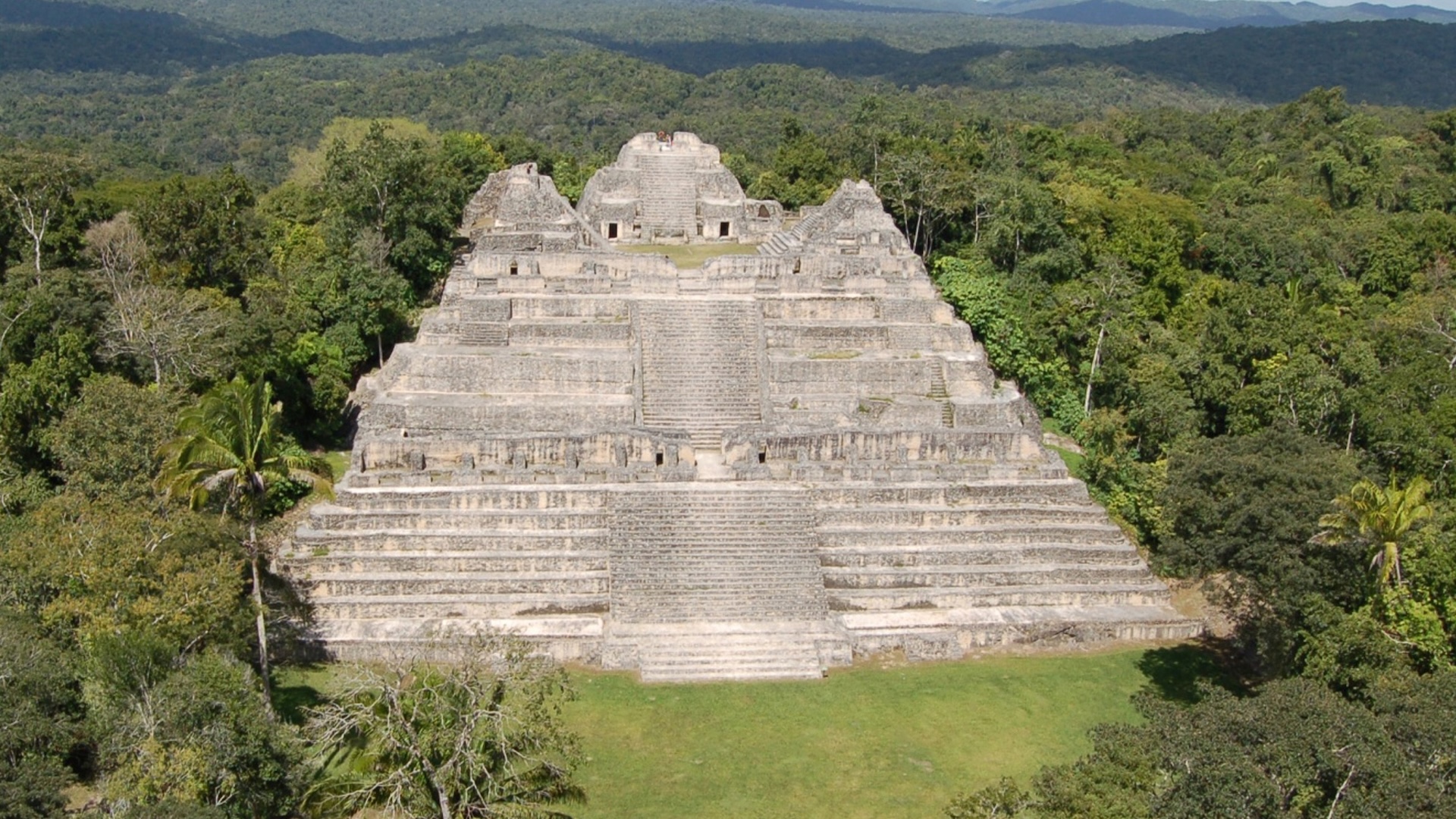What's the maximum number of planets that could orbit the sun?
Theoretically, there is room for thousands.
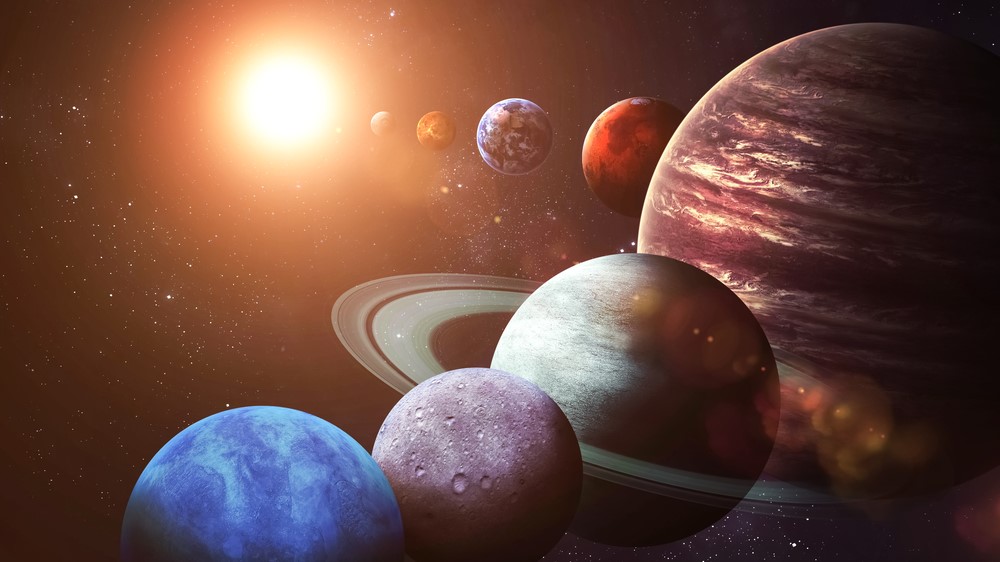
The solar system contains eight planets: Mercury, Venus, Earth, Mars, Jupiter, Saturn, Uranus and Neptune, all of which circle the sun due to its intense gravitational pull. But is this the maximum number of planets that can orbit the sun? Or is there room for more?
Compared with other known planetary systems, the solar system contains an unusually high number of planets. In total, there are 812 known planetary systems with three or more confirmed planets, and only one other known system, Kepler-90, that contains as many planets as the solar system, according to The Extrasolar Planets Encyclopaedia.
There is a good chance that a lot of these systems have small inner planets that we cannot detect, so it is unlikely that the solar system is actually the most populated planetary system in our cosmic neighborhood. But it highlights that eight planets may be near the upper limit of how large a planetary system can naturally grow.
Related: How many atoms are in the observable universe?
Therefore, to work out the absolute maximum capacity of planets orbiting the sun, we need to move into the realm of the theoretical, ignoring some of the natural factors that may limit how many planets can form. One of the best ways to do that is to design, or engineer, a brand-new solar system from scratch.
Engineering a solar system
"When you're talking about how many planets could be in a planetary system, there are lots of different aspects you need to consider," Sean Raymond, an astronomer at the Bordeaux Astrophysics Laboratory in France who specializes in planetary systems, told Live Science.
The structure of a planetary system is the result of a number of complex factors, Raymond said, including the size of the star, the size of the planets, the type of planets (for instance, rocky planets or gas giants), the number of moons orbiting each planet, the location of large asteroids and comets (such as those in the asteroid belt between Jupiter and Mars and in the Kuiper Belt beyond Neptune), the direction of the planets' orbits and the amount of material left over from the sun's formation to create the planets. It also takes hundreds of millions of years of intense collisions and gravitational tugs-of-war between planets for a system to settle into a stable configuration.
Get the world’s most fascinating discoveries delivered straight to your inbox.
However, if we were a super-advanced civilization with technology and resources that far exceeded our current capabilities, it might be possible to get around a lot of these limitations and design a solar system packed with the maximum number of planets, Raymond said.
In this theoretical engineered solar system, we could assume that there were no limit to the materials available to create planets and that they could be produced artificially and positioned at will. It would also be possible to remove moons, asteroids, comets and other obstructions that might complicate things. The only limitations would be that the gravity that the planets and the sun exert would be the same as they normally would be and that the planets would have to orbit the sun in a stable configuration without interfering with each other.
A planet is defined as celestial body that (a) is in orbit around the sun, (b) has sufficient mass to achieve hydrostatic equilibrium (making it round in shape) and (c) has cleared the neighborhood around its orbit from debris, the latter being the reason why Pluto is not considered a true planet, according to the International Astronomical Union.
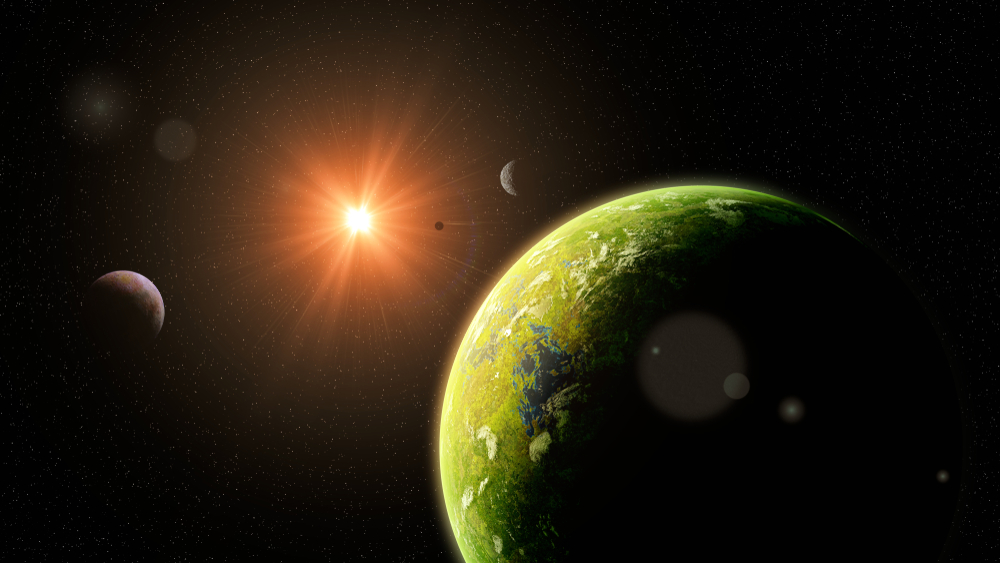
Size matters
In an engineered solar system, the maximum number of planets is limited by the number of planetary orbits you can fit around the sun before they start to become unstable.
"When a planetary system becomes unstable, the orbits of planets start to cross each other, which means they might collide with each other or just gravitationally scatter," where planets slingshot around other planets and get catapulted out of the system, Raymond said.
Related: Why are galaxies different shapes?
The minimum safe distance between the orbits of different planets in a stable system is dependent on each planet's size or, more accurately, its Hill radius. A planet's Hill radius is the distance between the planet and the edge of its sphere of influence, within which objects with a smaller mass will be affected by its gravity, such as the moon orbiting Earth.
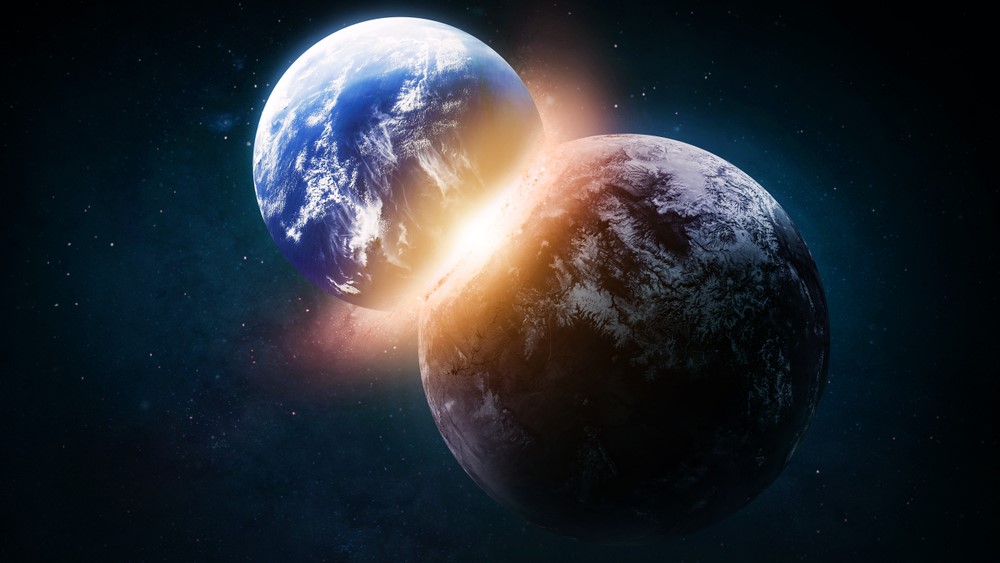
More massive planets exert a stronger gravitational force, which means they have a greater Hill radius. That is why the distance between the orbits of Earth and Mars, which is around 48.65 million miles (78.3 million kilometers), is around seven times smaller than the distance between the orbits of Mars and Jupiter, which is around 342.19 million miles (550.7 million km), according to NASA.
For this reason, the number of orbits that could fit inside the solar system depends predominantly on the size of the planets, Raymond said. For example, Jupiter is around 300 times more massive than Earth, which means that its Hill radius is around 10 times larger, Raymond said. This means that 10 separate Earth orbits could fit into the same space taken up by Jupiter's current orbit.
Therefore, to maximize the number of planets in a system, you have to make the planets as small as possible.
Opposite directions
The size of the planets is the key to maximizing the number of orbits that could fit into an engineered system. However, there is another clever trick we could exploit to add in a few extra orbits regardless of the planet's size: change the direction in which they move around the sun.
In the current solar system, each planet orbits in the same direction around the sun. This is because the planets formed from a large cloud of dust rotating in the same direction around the sun. However, in our engineered solar system, it would be possible to have planets that orbit the sun in the opposite direction, known as retrograde orbits, Raymond said. However, this idea is somewhat fanciful; retrograde orbits likely do not exist in nature due to the nature of how planets form.
That said, if two planets were to orbit the sun in the opposite direction, the gravitational forces between them would be slightly weakened and the minimum safe distance between their orbits could be reduced.
"If two planets in different orbits are going in the same direction, then they have a longer time to encounter each other as they pass, which creates a larger gravitational kick," Raymond said. "However, if they are going in the opposite direction, they zoom past each other and interact for a shorter amount of time," which means they can be closer together without colliding or scattering.
Related: What happened before the Big Bang?
Therefore, if we made every other orbit in our engineered system a retrograde orbit, like a carousel where adjacent people are moving in opposite directions, we could minimize the space needed between each orbit and, in doing so, squeeze in extra planets.
Sharing orbits
Until this point, we have assumed that each orbit in our engineered solar system contains just one planet. However, it is actually possible to have multiple planets that share an orbit, Raymond said. And we can see an example of this in our current solar system.
Jupiter has two clusters of asteroids, known as the Greeks and the Trojans, that share its orbit. These clusters are located around 60 degrees in front of and behind the gas giant as it orbits the sun, Raymond said. However, astronomers think it is possible to have planets share orbits in a similar way. They've dubbed these theoretical worlds Trojan planets.
"People are actively searching for examples of these Trojan planets among exoplanet systems because they're expected to form naturally," Raymond said. However, none have been observed yet, he added.
If we want to maximize the number of planets in our engineered solar system, we will want to have as many of these Trojan planets as possible. However, just like with the number of orbits you can fit around the sun, the number of planets you can fit into an orbit must be spaced out enough to remain stable.
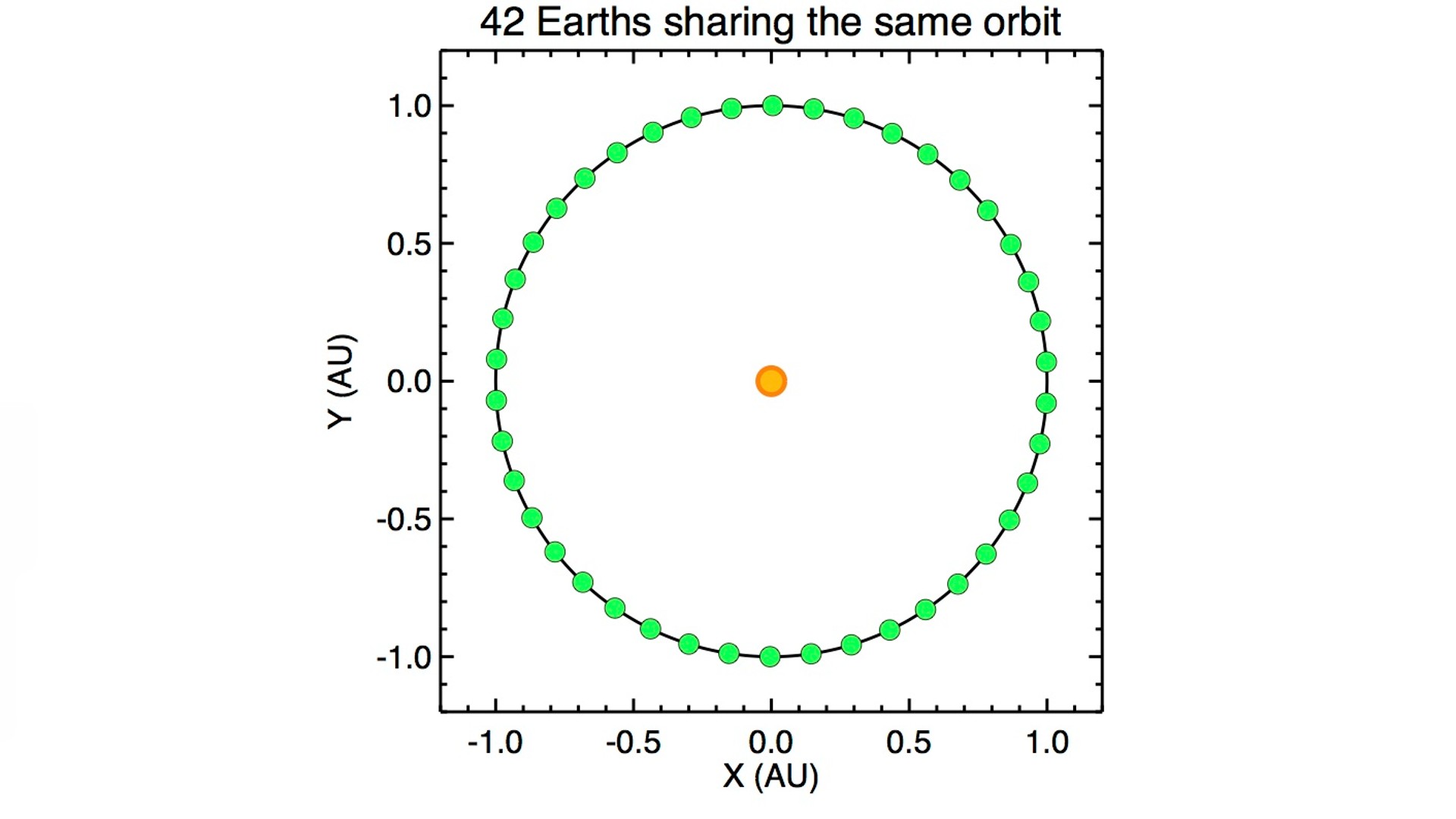
In a study published in 2010 in the journal Celestial Mechanics and Dynamical Astronomy, a pair of astronomers used Hill radii to work out how many planets could share an orbit. They found that it would be possible to have as many as 42 Earth-size planets share a single orbit. Moreover, just like with the number of orbits in a system, the smaller the planets, the more you could fit into the same orbit, Raymond said.
Of course, the chances of this many planets naturally sharing a single orbit are practically zero, because each planet would need to be exactly the same size and have formed at the same time to be stable, Raymond said. But in an engineered solar system, this level of co-orbital structure would be possible and would greatly increase the number of planets we could squeeze in.

Related: Why does outer space look black?
Theoretical maximum
Now that we understand the key variables we need to engineer a planet-packed solar system, it's finally time to crunch the numbers and see how many planets we can fit inside it.
Luckily, Raymond has already done this for us using computer simulations he created; they can be viewed in more detail on his blog, PlanetPlanet. However, it is important to note that although these calculations are based on theories astronomers use to create legitimate simulations, these models are not peer-reviewed and should be regarded with a pinch of playful skepticism.
To maximize the number of planets, Raymond's engineered system extends to 1,000 astronomical units (AU) from the sun. (One AU is the average distance from the sun to Earth's orbit, which is about 93 million miles, or 150 million km.) Currently, the defined edge of the solar system, also known as the heliosphere, is around 100 AU from the sun, according to the European Space Agency, but the sun's gravitational influence can extend much farther. What's more, Raymond's model uses equally sized planets with alternating retrograde orbits.

Taking all of this into account, if you used Earth-size planets, you could fit in 57 orbits, each containing 42 planets, which gives a total of 2,394 planets. However, if you used smaller planets that are one-tenth the size of Earth (roughly the same mass as Mars), you could fit in 121 orbits, each containing 89 planets, which gives a total of 10,769 planets. And if the planets were around the size of the moon (one-hundredth the mass of Earth), you could have 341 orbits, each containing 193 planets, which gives a total of 65,813 planets.
Obviously, these numbers are extreme, and the ability to engineer such complicated systems is far beyond humanity's reach. But this fun thought experiment does highlight that there is much more space for planets in the solar system than the meager eight we see today. However, it is very unlikely that any more could have formed naturally.
Originally published on Live Science.

Harry is a U.K.-based senior staff writer at Live Science. He studied marine biology at the University of Exeter before training to become a journalist. He covers a wide range of topics including space exploration, planetary science, space weather, climate change, animal behavior and paleontology. His recent work on the solar maximum won "best space submission" at the 2024 Aerospace Media Awards and was shortlisted in the "top scoop" category at the NCTJ Awards for Excellence in 2023. He also writes Live Science's weekly Earth from space series.

